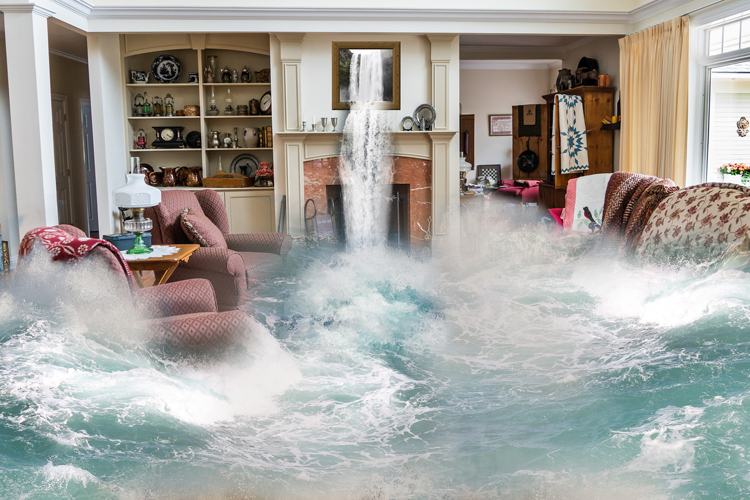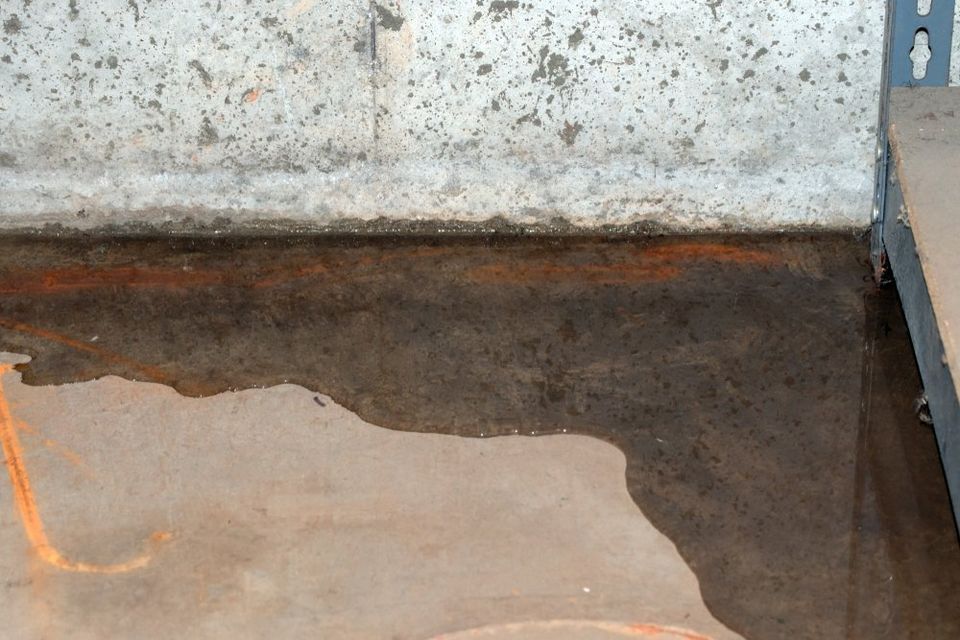Just about every person will have his or her own opinion about Ways to Reduce The Risk Of Fire And Water Damage.

Water provides life, water intrusion on parts where it's not intended to be can result in damages. Houses with water damages odor mildewy and old.
Water can originate from lots of sources such as typhoons, floodings, ruptured pipes, leakages, as well as sewer concerns. In case you experience water damage, it would be excellent to understand some safety preventative measures. Here are a couple of guidelines on just how to handle water damages.
Do Prioritize House Insurance Protection
Water damages from flood as a result of heavy winds is seasonal. You can likewise experience an abrupt flood when a defective pipe instantly breaks into your home. It would be best to have house insurance coverage that covers both disasters such as all-natural tragedies, and emergency situations like busted plumbing.
Do Not Neglect to Switch Off Energies
In case of a calamity, particularly if you reside in a flood-prone area, it would be recommended to turn off the main electric circuit. This removes power to your entire home, avoiding electric shocks when water is available in as it is a conductor. Furthermore, don't neglect to shut off the main water line shutoff. When floodwaters are high, furnishings will walk around as well as cause damages. Having the main shutoff shut off stops further damages.
Do Keep Proactive and Heed Weather Condition Signals
Storm floods can be extremely uncertain. Stay ready and also aggressive if there is a history of flooding in your area. Pay attention to emptying cautions if you live near a creek, lake, or river . Secure prized possessions from the very beginning and also cellar, then put them on the highest possible degree. Doing so lowers possible home damage.
Don't Ignore the Roofing System
You can stay clear of rain damage if there are no openings as well as leaks in your roof. This will certainly stop water from streaming down your wall surfaces as well as soaking your ceiling.
Do Pay Attention to Tiny Leakages
A ruptured pipeline does not take place over night. You might notice bubbling paint, peeling wallpaper, water streaks, water stains, or dripping sounds behind the wall surfaces. Have your plumbing repaired before it results in massive damages.
Do Not Panic in Case of a Ruptured Pipeline
Maintaining your presence of mind is important in a time of situation. Since it will suppress you from acting quick, stressing will only worsen the issue. Timing is crucial when it comes to water damage. The longer you wait, the even more damage you can anticipate. Therefore, if a pipe bursts in your residence, right away shut off your primary water valve to remove the source. Disconnect all electric outlets in the area or turn off the circuit breaker for that component of the house. Call a reputable water damage repair professional for aid.
Water provides life, water invasion on parts where it's not expected to be can result in damage. Homes with water damages scent old as well as stuffy.
Water damage from flood charges to hefty winds is seasonal. You may notice gurgling paint, peeling wallpaper, water streaks, water discolorations, or leaking sounds behind the wall surfaces. When it comes to water damage, timing is key.
Some Do's & Don't When Dealing with a Water Damage
DO:
Make sure the water source has been eliminated. Contact a plumber if needed. Turn off circuit breakers supplying electricity to wet areas and unplug any electronics that are on wet carpet or surfaces Remove small furniture items Remove as much excess water as possible by mopping or blotting; Use WHITE towels to blot wet carpeting Wipe water from wooden furniture after removing anything on it Remove and prop up wet upholstery cushions for even drying (check for any bleeding) Pin up curtains or furniture skirts if needed Place aluminum foil, saucers or wood blocks between furniture legs and wet carpet Turn on air conditioning for maximum drying in winter and open windows in the summer Open any drawers and cabinets affected for complete drying but do not force them open Remove any valuable art objects or paintings to a safe, dry place Open any suitcases or luggage that may have been affected to dry, preferably in sunlight Hang any fur or leather goods to dry at room temperature Punch small holes in sagging ceilings to relieve trapped water (don't forget to place pans beneath!); however, if the ceiling is sagging extremely low, stay out of the room and we'll take care of it DO NOT:
Leave wet fabrics in place; dry them as soon as possible Leave books, magazines or any other colored items on wet carpets or floor Use your household vacuum to remove water Use TV's or other electronics/appliances while standing on wet carpets or floors; especially not on wet concrete floors Turn on ceiling fixtures if the ceiling is wet Turn your heat up, unless instructed otherwise

I was introduced to that write-up on 5 Home Safety Tips To Reduce The Risk Of Fire And Water Damage from an associate on a different domain. Be sure to take a moment to promote this blog posting if you enjoyed it. Thanks for your time spent reading it.